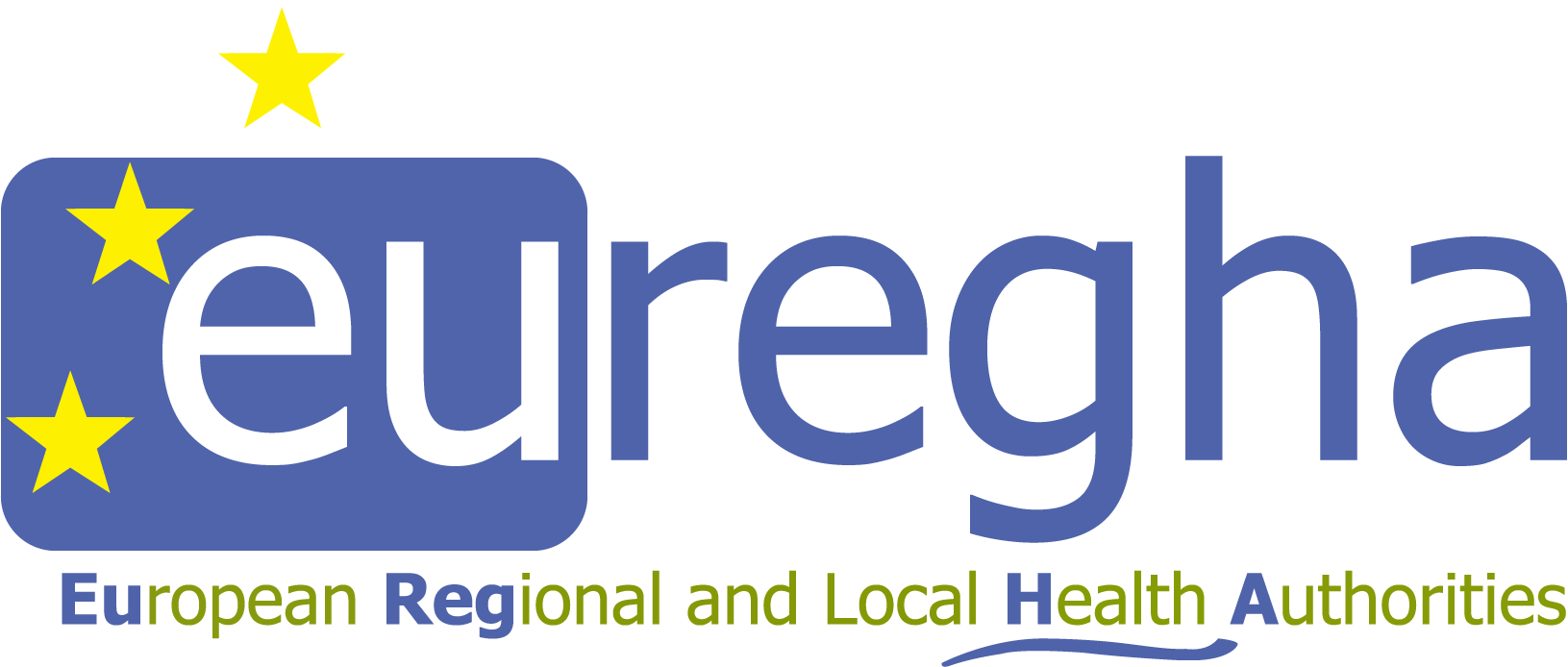The Innovation Networks for Active and Healthy Ageing (IN-4-AHA), one of the key projects where EUREGHA is involved, is an EU-funded Coordination and Support Action that aims to contribute to the cross-border scale-up of tested and ready-to-use applications in health and social care. The project brings together a large and diverse group of stakeholders related to innovation and active and healthy ageing (AHA).
The IN-4-AHA work highlighted a set of noticeable challenges impacting the innovation environment in the field of AHA, innovators and all other actors involved in the sector. These challenge cover issues related to fragmentation, regulatory framework, European data approach and infrastructure, innovation ecosystem and information availability. Fragmentation, however, was not the only fil rouge at the basis of the identified issues. Complex funding and reimbursement, limited health systems innovation readiness and an insufficient focus on co-creation also clearly represent obstacles to a thriving and person-centred AHA innovation environment.
To respond to these issues, led by EUREGHA, the IN-4-AHA consortium proposes seven overarching policy recommendations, substantiated by a set of sub-recommendations further detailing potential actions:
- Boost smarter and more accessible funding covering all innovation stages.
- More harmonised regulatory and reimbursement frameworks to support AHA innovation.
- Streamline information about funding, reimbursement, and regulations.
- Unlock the power of data for AHA innovation.
- Incentivise and support an innovation development approach based on co-creation and participatory design in real-life environments & adopt person-centred principles for impact evaluation.
- Invest in digital skills, education, and digital literacy to create competencies, boost trust and awareness for both health and care professionals and citizens.
- Better connect the AHA innovation community, making the most of existing platforms and initiatives.

The recommendations are mainly targeted at regional, national, and European policymakers. At the same time and considering the need for creating a more harmonised AHA ecosystem across Europe, the purpose of this document is also to provide other stakeholders involved in the field of AHA innovation – from innovators to patient organizations or health and care professionals – with useful pointers and indications on specific innovation challenges.
Finally, while these recommendations offer potential answers to a wide range of challenges, it is easy to highlight a few core bonding components between them: the need to shape a more person-centred, coherent and resourced AHA environment where innovators and other key stakeholders, from health professionals to policymakers, can harness the benefits of innovation. Equally, it will be essential to create an even more connected AHA environment going forward, beyond the IN-4-AHA activities and supporting a pan-European movement to keep the topic high on the agenda.
To know more:


